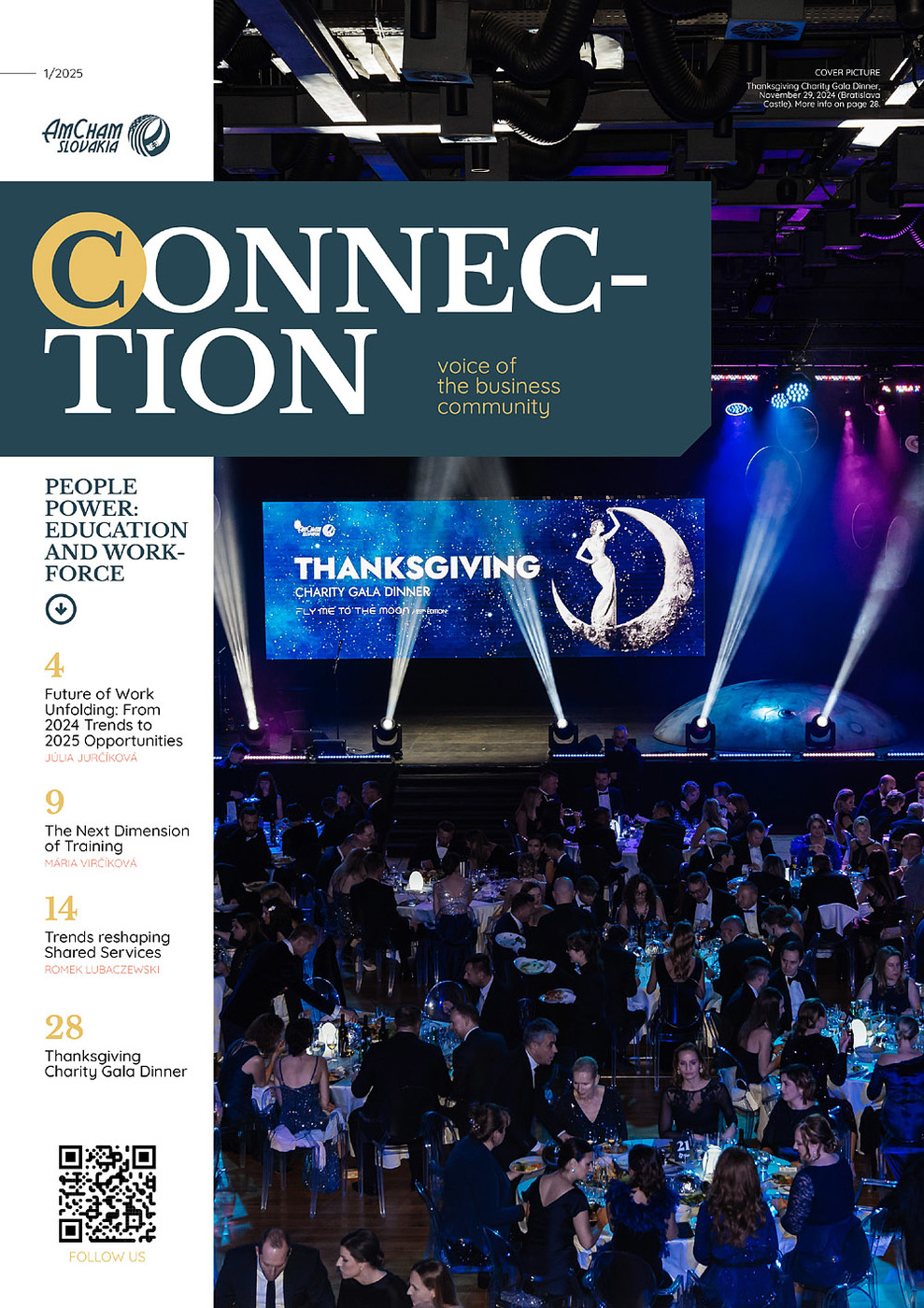Companies have faced a skill gap for some time, and now, with the rapid advancement of digitalization, this gap is more apparent. According to a McKinsey survey, 87% of companies are either currently experiencing skill gaps or expect to in the near future.
Despite many companies claiming to prioritize addressing skill shortages, the majority admit they lack the understanding needed to prepare a workforce with the most essential skills. In fact, only one-third of respondents say their organizations are ready to handle workforce disruptions driven by market trends and technological changes. Business leaders predict that 50% of all employees will need reskilling by 2025, and 40% of core skills will change by that time. The increasing unpredictability of the future, signaled by recent “Black Swan” events, has made the topic of talent management critical.
Hiring for the Past, Not the Future
Although there is urgency to prepare for the future, many HR tools remain rigid. Job descriptions reflect current needs but fail to account for the inevitable evolution of skills. By the time a position is filled, the required skills may have already shifted. As a result, companies hire based on outdated needs. This is troubling, as according to Gartner’s ‘Future-Proof Your Talent Strategy’ study, 64% of HR leaders admit they lack a strategy to address how technology will reshape skill sets.
In this environment, designing a talent development strategy is challenging, but one thing is clear: talent is vital for maintaining industry competitiveness and achieving long-term success. The ability to retain talent and anticipate skill requirements will define a company’s future resilience.
Defining Talent
The concept of “talent” can be approached in different ways. Are talents employees with the potential for growth? Individuals who exceed expectations in their roles? Experts with the ability to innovate, or those with exceptional interpersonal skills?
In McKinsey’s landmark article War for Talent (1998), the authors advocated hiring top graduates from prestigious universities and creating a pool of elite performers. This approach led to high salaries and rapid promotions, often overlooking experience. Enron famously adopted this model, with disastrous results. Focusing only on “A-players” can be short-sighted.
Everyone has potential, but the real question is which talents companies need to succeed in an uncertain future. While organizations can forecast some essential hard skills, new roles are constantly emerging. Focusing on expertise remains necessary, but it’s no longer enough to thrive in a rapidly changing environment.
The talents that help organizations adapt to change are a mix of skills, soft competencies, and attitudes. Many of these skills are linked to self-management and collaboration. While not revolutionary, they are more important than ever. Some of these talents, such as learning ability, are evolving—it’s not just about improving existing knowledge but being able to “unlearn” old habits and adapt to new ways of thinking.
Talent Management in an Era of Disruption
In times of constant change, a well-developed talent management strategy can bring numerous benefits to organizations, including:
- Attracting and retaining top talent: A strong strategy helps attract and retain the best employees by providing them with growth, development, and advancement opportunities.
- Developing a pipeline of future leaders: It can help identify and nurture high-potential employees who have the skills and capabilities to become future leaders.
- Improving employee engagement and morale: By offering learning and development opportunities, career advancement, and recognition, companies can make employees feel valued and motivated.
- Enhancing business agility and adaptability: A strategy that fosters an adaptable workforce enables organizations to quickly respond to changing market conditions, emerging technologies, and shifting customer needs.
- Aligning talent management with business objectives: Aligning talent strategies with overall business goals ensures that the right people are in place to meet those objectives, now and in the future.
A talent management strategy helps organizations navigate the challenges of an ever-changing business landscape and build a strong, engaged, and adaptable workforce capable of driving business success.
Dealing with Complexity
Traditional talent management strategies have often focused more on the company’s competitive advantage than on the employee’s experience. This has led to the perception, especially among millennials, that employers hold all the power. To counter this, forward-thinking HR departments are reimagining talent management with a focus on agility, personalized solutions, and letting go of control. They recognize the need to embrace change and complexity rather than maintain the status quo and are developing organizational agility to meet the challenges of workforce shifts.
This reinvented approach designs creative and customized solutions for workers, regardless of their employment status, and uses design thinking to create meaningful experiences. It emphasizes experimentation and the willingness to test new ideas that meet the needs of all stakeholders, even if it means breaking with traditional HR policies and procedures. Reinvented talent management focuses on balancing the collective needs of the organization, the employee, and the customer to create sustainable solutions.
Conclusion
In today’s fast-evolving business environment, the need for talent has never been greater. Organizations are struggling to close the skill gap caused by technological advancements and shifting market trends. Reskilling has become a key focus in many company strategies, causing significant challenges for HR leaders.
As hard skills for the future become less certain, the real value may lie in a combination of soft skills, competencies, and attitudes related to self-management and collaboration. A talent management strategy that aligns closely with the organization’s business objectives can help companies navigate the complexities of the modern workforce and build a strong, engaged, and adaptable team. To succeed, talent management must be reimagined with agility, creativity, and an acceptance of constant change, rather than adherence to outdated approaches.
Branislav Pavlakovič, Country Manager, Assessment Systems Slovakia



Follow us